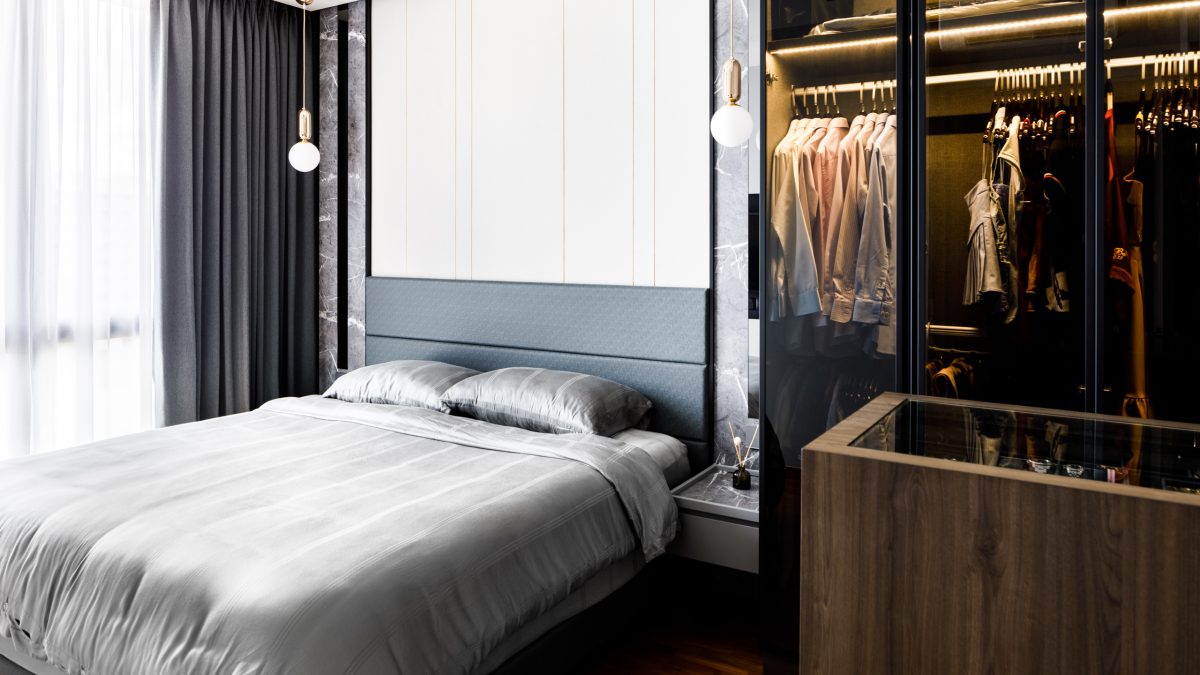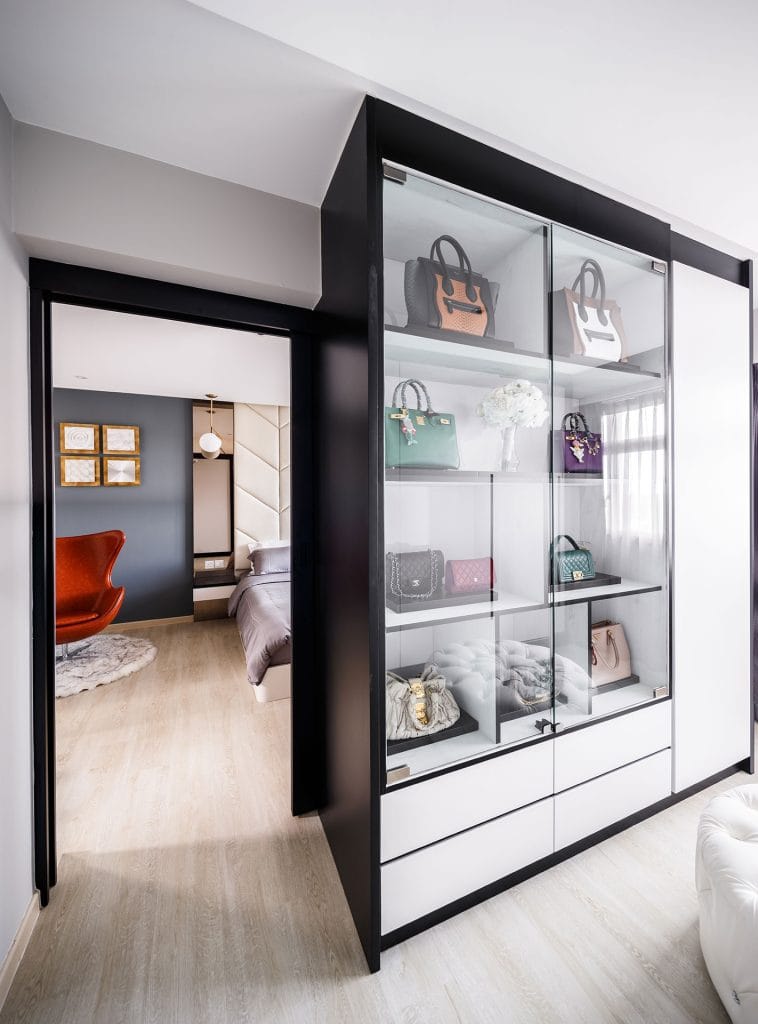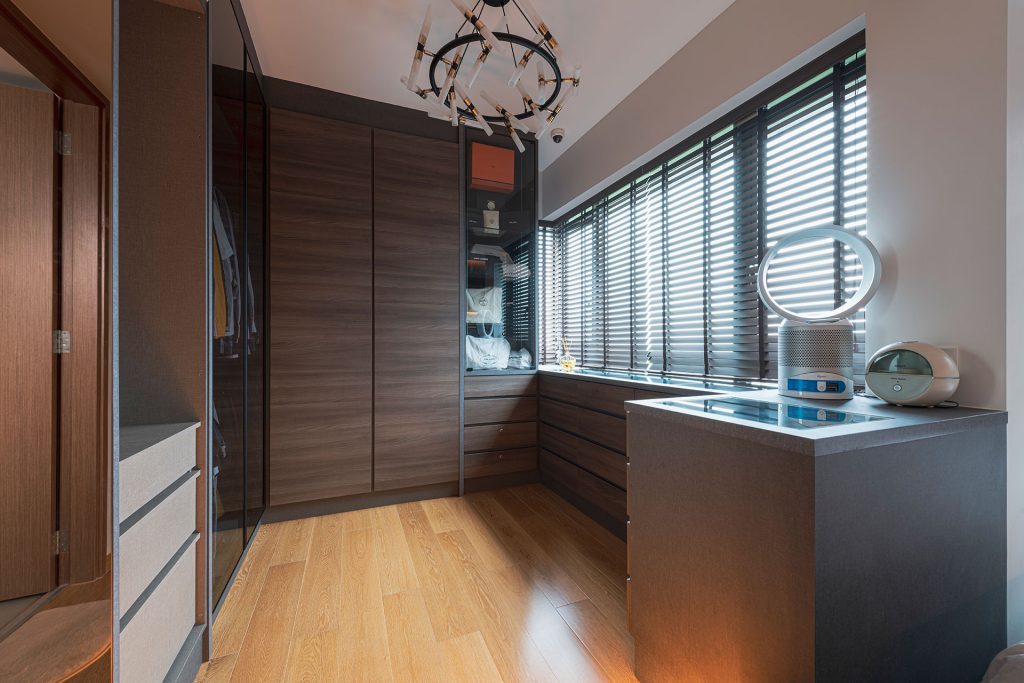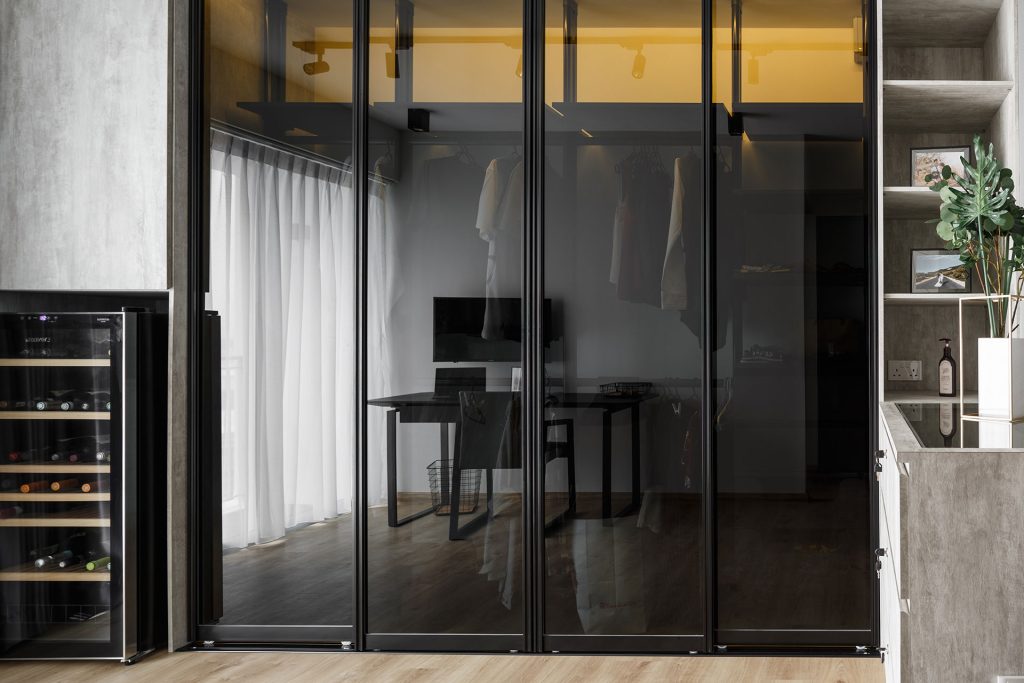How to Organize Your Closet
When a closet is organized, everything is easier to find. That means you will always know the location of your favourite sweater, your prized pair of jeans, and your go-to work button-down.
How you organize your closet will differ slightly based on the space you have, the size of your wardrobe, and the kind of life you lead. However, these seven universal steps can be applied to any closet and any wardrobe:
- Gather your closet organization supplies, including a “toss” basket and a tape measure.
- Empty the closet of all contents-clothing, shoes, closet organizers, etc.
- Clean your closet.
- Declutter your wardrobe and donate, recycle, or sell the clothing items, shoes, and accessories you no longer need.
- Assess your closet storage solutions to make sure they fit your closet space and work with your clothing, shoes, and accessories.
- Organize your clothing, shoes, and accessories back into your closet by grouping similar items together and moving your most worn items into your closets “prime real estate”
- Come up with a plan to keep your closet organized so it never becomes a breeding ground for clutter again.
What You Need in Order to Organize Your Closet
The first step to organizing your closet is to ensure you have the right tools and supplies on hand before you dive in. Resist the urge to start this project after a long day of work. In order to really organize your closet for the long haul, you’ve got to do a little prep work and find time in your calendar when you have 2 to 3 hours to commit to this process.
Here’s your quick Closet Organization Toolkit:
- Shopping Bags: Sturdy bags to transport clothes to the donation center, tailor and dry cleaner. If you don’t have bags, boxes and bins will do in a pinch.
- Tape Measure: To measure shelving and hanging space. Don’t forget a notebook and the writing utensil of your choice to jot down your closet’s measurements.
- Full-Length Mirror: In order to decide between “toss” and “keep,” make sure your mirror can accommodate your entire image.
- Catch-All Basket: Loose change, papers, rubber bands, hair clips, wads of cash (score!) and assorted receipts you’ll find in pants pockets. You don’t want to have to stop in the middle to file these small items so just put them aside for now into your catch-all basket.
Additionally, have an idea of what you’re going to do with clothes to decide to get rid of ahead of time (here’s a helpful list of ways to get rid of clothing). You have three options: donate, consign, or trash. Try to donate and consign as much as possible, while trash is really only for the items that are beyond repair/use.
Empty and Clean Your Closet
If you’re used to shoving clothes into your closet, this is going to be weird, because you’re about to take everything out and probably find some stuff shoved in a back corner that you forgot about. Remove everything from the closet, including hangers, baskets, bins, and anything else that might be on the floor or shelves.
You need a clear, clean space to plan and visualize how you’re going re-organize your closet. First, dust the shelving and hanging rods. Next, run the vacuum or sweep and mop the floor. Finally, wipe the shelving, hanging rods, walls, and baseboards down with a good all-purpose cleaner. Don’t forget any baskets or bins that could be collecting dirt and dust.
Declutter Your Clothes, Shoes, and Accessories
Now comes the part you’ve either been looking forward to or dreading. Some people fear to declutter because they love to hold onto things they “may need one day” or “used to fit/be in style.” Focus on what to keep rather than what you’re getting rid of. If you need help, check out this list of signs it’s time to get rid of clothing.
Closets are finite spaces, so choose wisely when giving up valuable real estate and be prepared to separate your clothes into distinct piles:
- Keep: Anything you love and wear often.
- Consign: In order to sell or consign items, your clothing, shoes and accessories must be in good shape. Most consignment stores prefer them to be name brands.
- Donate: These items should be in good shape. Think “gently used” when adding to this pile.
- Trash: Clothing to trash would include anything stained beyond repair, ripped, hopelessly out of style or anything that you would be embarrassed to donate.
When you’re trying to decide whether or not to keep something, it’s helpful to ask yourself these questions:
- Do you love it?
- Do you wear it?
- Does it project the image you want to portray?
If the answer is “yes” to all three, then you can confidently place that item into the Keeper pile.
If you’re really having a hard time, then create a “maybe” pile. Put your maybe pile into a bin and revisit it 1, 3 or 6 months later. If you forgot about these items or never thought about wearing them, you can confidently donate or consign them.
Purchase Closet Organizers
Figuring out the right closet storage solutions for your particular space can be challenging. Luckily, there are tons of great options for closet storage solutions, including closet systems, but most people can get away with installing a few budget-friendly closet organizers.
Closet Storage Tips
Closet storage solutions aren’t going to create more space in your closet; however, closet organizers, storage solutions, and closet systems can help to make more storage space accessible to you. Examples:
- A step stool will make it easier for you to reach the top shelves of your closet.
- A double hang will make better use of horizontal storage space in the closet.
- An over-the-door shoe rack can turn your door into the perfect place to store either shoes, accessories, or both.
You might be tempted to throw your hands up, pull out your credit card and buy an expensive closet system. Don’t do this. Measure the space, asses what you already have, and then plan your closet accordingly. Buy only what you need to store your clothes, and re-purpose what you already own, if possible. Small bookcases, cubbies, and baskets are great for storing handbags, shoes, accessories, and gym clothes.
Finally, don’t forget to measure a space three times before buying a new storage item. Nothing is worse than carting something home and finding it’s just a smidge too wide.
Maintaining Your Newly Organized Closet
The more often you work on closet maintenance, the less time it will take. Go through your closet and complete a quick makeover (or make-under) once a month, and tackle the full re-organization process twice a year.
Make it easy on yourself by following a cleaning schedule, either by season, by date (such as your birthday or New Year’s) or by the event. In other words, the next time you can’t find an important piece of clothing, that’s a good sign you need to re-org your closet.







